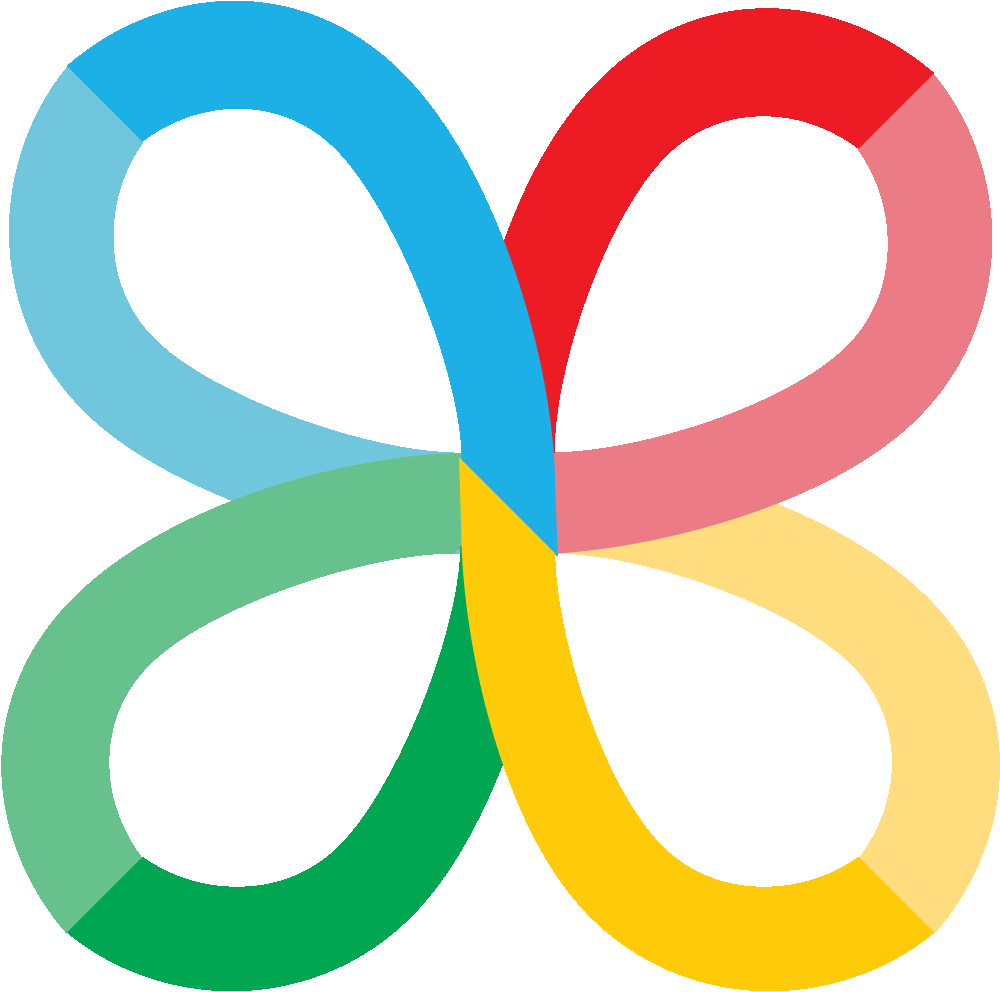Module 1.2: Tarot History
This section is all about where the Tarot comes from, who made it, and how it became the popular divination tool it is today
A brief history of Tarot

Tarocchi
Tarot cards are known to be first made in 15th century Europe for the purpose of playing games. The name, Tarot, also originated from the Italian name of the card game, Tarocchi. Playing cards composed of a different sets of symbolled such as swords, wands, cups and coins, called suits, were already introduced to Europe in the 14th century.
In mid15 century, the suit of trumps, featuring Greek gods, heroes and allegorical figures, was added to the numbered “pip” or symbolled suit cards. The current composition of tarot cards, which includes 56 minor cards and 22 major cards can be identified as early as the 15th century and the contents of the major cards are not very different from the modern tarot cards.
The minor cards on the other hand, used to look more like modern playing cards which have a multiple number of same symbols called “pips.” One well-known exception is Sola-Busca deck in the 15th century, which not only contains 78 cards that correspond to current Tarot decks, but also has a unique design for each minor card. The oldest Tarot deck that would be recognizable to the modern systems used today is the Tarot of Marseilles developed in the mid17th century.
Tarot in its early stages has been widely known as game playing cards across Europe. Playing cards, dice and other games had been used for divination and gambling purposes since ancient times. Therefore, it’s not a far stretch to see “fortune tellers” in the same light as con artists. Divination and the Tarot have a less than sacred history.
In late 18th century occultist named Etteilla published a book on reading fortune with Tarot cards which helped to popularize divination with the deck. His real name was Alliette and he used the reversed spelling as the alias for his books, decks and professional services.
Etteilla created a Tarot deck for fortune telling which contained the various aspects of Egyptian, Jewish, Gypsy legends, myths and mysticism. The mythical Egyptian origin of the Tarot perpetuated by Etteila and other occultists still gets talked about today. This mythical history has since been disproven as the history of the playing card dates back to ancient China, where paper cards were first developed. The Egyptians did not have this technology. Therefore we see the playing card travel from the East to the West rather than from the South to the North. One can easily find the origins of playing card divination still rich within the Russian and European cultures.
In 1909, right at the beginning of the 20th century comes the birth of Rider-Waite-Smith Tarot deck, which is still widely popular to this day. The names applied to this Tarot deck are of the Rider publishing company, Arthur Waite the author and Pamela “Pixie” Coleman Smith, the artist. The content of the cards mostly follows the traditional system of the 78-card tarot decks (a suit of trumps and four suits of pips), but this deck features unique images for each minor card, and the major cards also contain a variety of symbolism which can be interpreted in various ways. The combination of the 5 suit system and layers of symbolism accompanied by mass reproduction of decks helped to popularize Tarot reading on a larger scale than before. Now anyone could afford to buy a Tarot deck and learn the meaning of the cards.
Readers can now read the keywords from images and connect them freely to build a story that resonates within oneself. Readers can connect to their unconscious mind and to universal truths. The occultist groups, of which Waite and Smith were a part of, were on a continuous quest to unearth secret knowledge from ancient civilization through divination.
These “secrets” found their way into the symbolism of the Tarot deck. The complexity and richness allow the Tarot reader an infinite possible number of interpretations of the card when engaging with their intuition. This exploration of secrets is also where the name of the divisions of the deck arrive. “Arcana” means secret in Latin. The Wands replace clubs as a mystical tool for channeling energy. The hearts transform into ceremonial Cups. The disks become mystical Pentacles. But the swords still remain as swords.
Another famous tarot deck in the 20th century is the Thoth (pronounced Toe-th) deck, written by Aleister Crowley and painted by Lady Frieda Harris. It also contains the same 78 cards and each card is based on various occult theory including astrology, alchemy, and Egyptian legends and mythology as noted in the Book of Thoth. This book was believed to be written by the Egyptian god of writing and knowledge named Thoth. There are several other notable differences between Crowley and Waite’s decks. There are different designations for card titles, symbolic assignments and meaningful interpretation.
The Thoth deck and Rider-Waite-Smith deck have become the two major classes of modern Tarot cards. There have been many other Tarot decks since then. Some of them do not even follow the traditional 78 card structure, but the majority still do. This online course and accompanying book are based on Rider-Waite-Smith Tarot deck and its symbolism. However, I believe that this course will also contain useful strategies that can be applied to learning any divination card deck.


